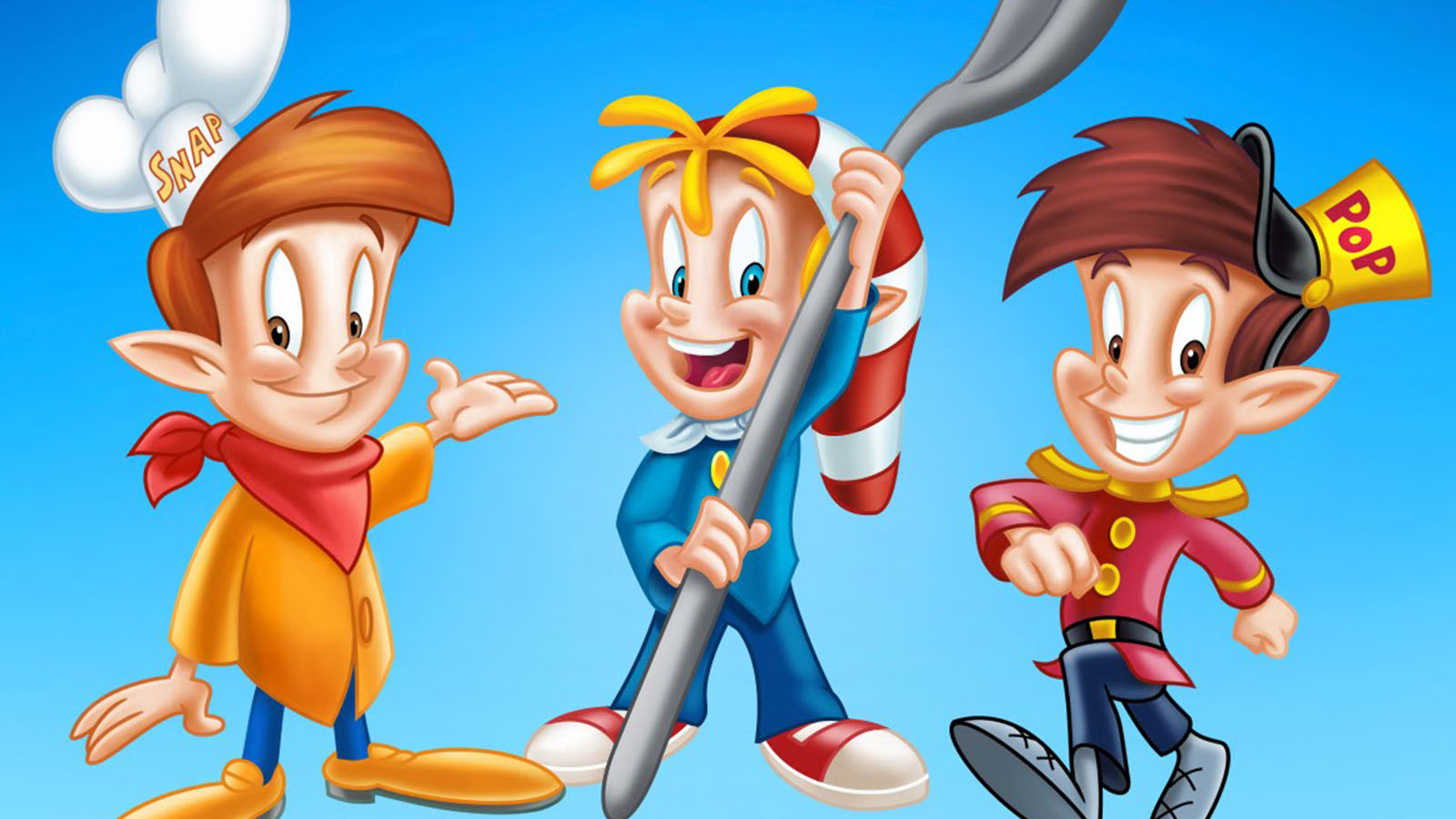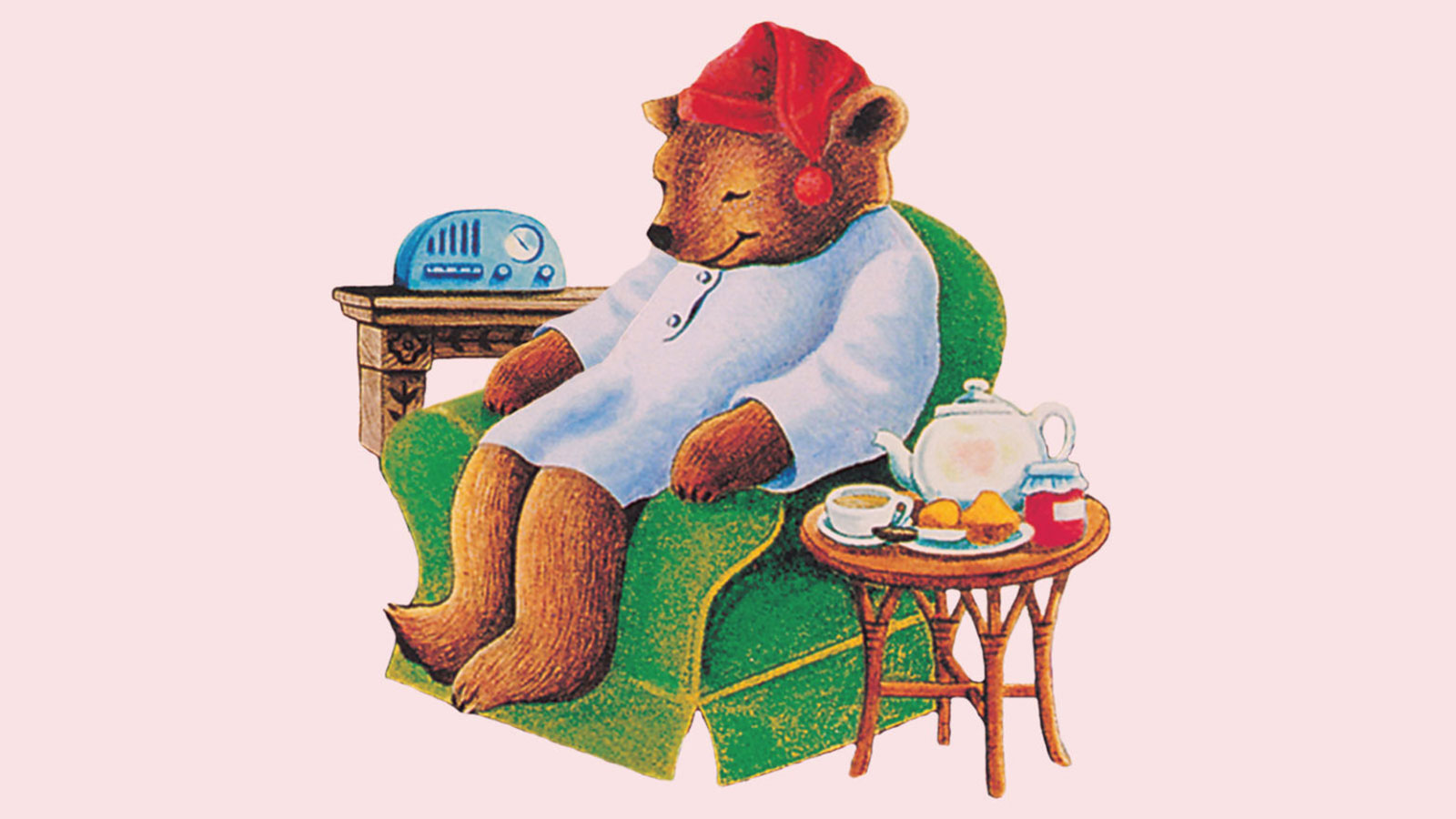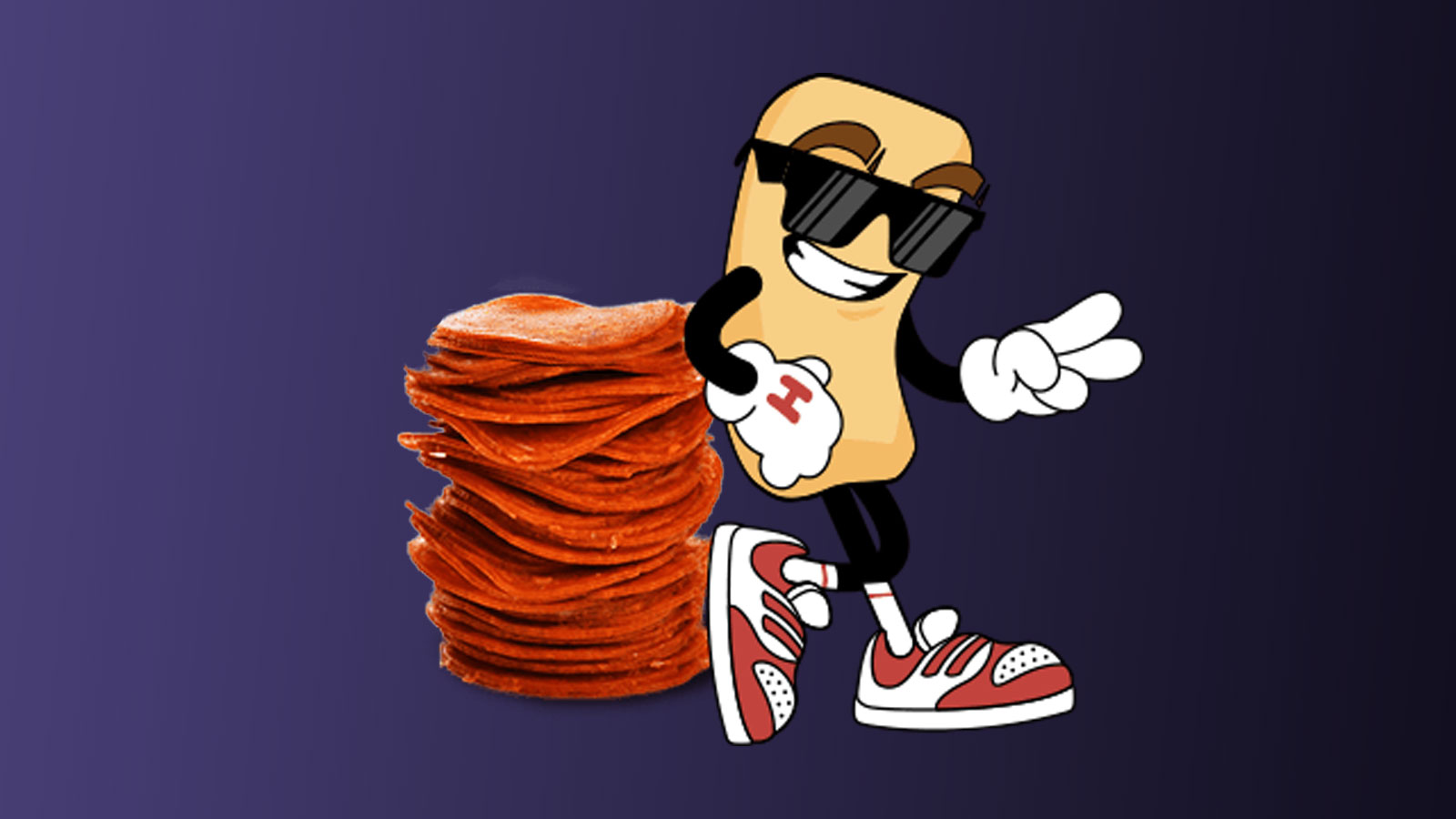 Red & Yellow M&Ms
Red & Yellow M&Ms
Brand Represented: M&Ms
Year Introduced: 1995
Coming in first place was a motley crew of playful chocolate candies. Their 1990s M&Ms candy ensemble included Blue, Orange, Brown, and Green, but it was Red and Yellow who were acknowledged in the 2004 Walk of Fame win.
BFFs Red and Yellow may be as different as night and day (Red playing the wise guy to Yellow’s more bumbling buddy), but the duo have been playing off of one another’s antics for decades including run-ins with Santa Claus and testing the limits of how they would do anything for love. They even have their own mashup! In 2016, remix artist Nick Bertke of Pogo fame, remixed sounds from the M&M archives in “Bite Size Candies” to help the company celebrate its 75th anniversary.
 Aflac Duck
Aflac Duck
Brand Represented: Aflac
Year Introduced: 2000
Taking second place in 2004’s Walk of Fame was a quirky mascot that was then only four years old, but was already a celebrated icon: the Aflac Duck.
Debuting in 2000’s commercial spot “Park Bench,” the Aflac Duck, and his pristine white feathers, squawked out “Aflac!” to help a park visitor remember the name of his supplemental insurance group. An international advertising hit, he has since appeared in more than 70 U.S. commercials and is a mascot favorite in Japan. Since being inducted into the Walk of Fame, the Aflac Duck has been added to the official Aflac logo, debuted in the Macy’s Thanksgiving Day Parade in 2011, and is the symbol of Alfac’s Duckprints 2013 campaign, designed to raise money and awareness for childhood cancer.
 Mr. Peanut
Mr. Peanut
Brand Represented: Planters
Year Introduced: 1916
Nabbing third place in the 2004 Walk of Fame, Mr. Peanut (full name: Bartholomew Richard Fitzgerald-Smythe) may be the most stylish and witty brand mascot the ad industry has ever seen. Sketched by Antonio Gentile for a Planters-sponsored mascot contest, a commercial artist later added his top hat, cane, monocle, white gloves, and spats, adding to his dapper gent ensemble.
Ever the tasteful entertainer, Mr. Peanut didn’t begin speaking in commercial spots until 2010. Since then, actors including Robert Downey Jr. and Bill Hader (his current speaking voice) would lend their voices to the spiffy nut mogul, who celebrated his 100th birthday in 2016.
 Pillsbury Doughboy
Pillsbury Doughboy
Brand Represented: Pillsbury
Year Introduced: 1965
Hoo-hoo! For over 50 years, Poppin’ Fresh has been giggling his way into the hearts of consumers everywhere and lending a helpful hand in kitchens with his baking expertise. Drawn by the late Leo Burnett copywriter Rudy Perz and conceptualized by Milt Schaffer, a Leo Burnett animation expert, the Pillsbury Doughboy stands proudly at 7 1/2 inches and wears a chef’s hat, neckerchief, and adorable grin. JoBe Cerny currently voices his signature giggle, taking over for the late Paul Frees.
Since his fourth place win in 2004 during Advertising Week’s Walk of Fame, the Doughboy has been spotted in recent years making cameo commercial spots for GEICO (traveling through an airport on his way to a baking convention) and even receiving his first pair jeans as a holiday present.
 Tony the Tiger
Tony the Tiger
Brand Represented: Kellogg’s Frosted Flakes
Year Introduced: 1952
Taking a “gr-r-reat!” fifth place win in 2004’s mascot Walk of Fame, Tony the Tiger was required to audition as a potential spokes-animal for Kellogg’s Sugar Frosted Flakes. With fierce competition from rotating cereal box characters like Katy the Kangaroo, Elmo the Elephant, and Newt the Gnu, Tony was an instant hit with the public.
Introduced with stripes, a head shaped like a football, and walking around on all fours, Tony eventually stood on two feet with a leaner build, clocking in at over six feet tall to fit the needs of a health-conscious nation. Beyond his look, his role as a brand mascot evolved over the decades as well, spanning the course of a bumbling character in the 1950s to a family man in the 1970s (complete with a mother, wife, daughter, and son). Currently, he’s a confident, trusted friend to adults and children alike and serves as a goodwill ambassador for the Kellogg Company.








